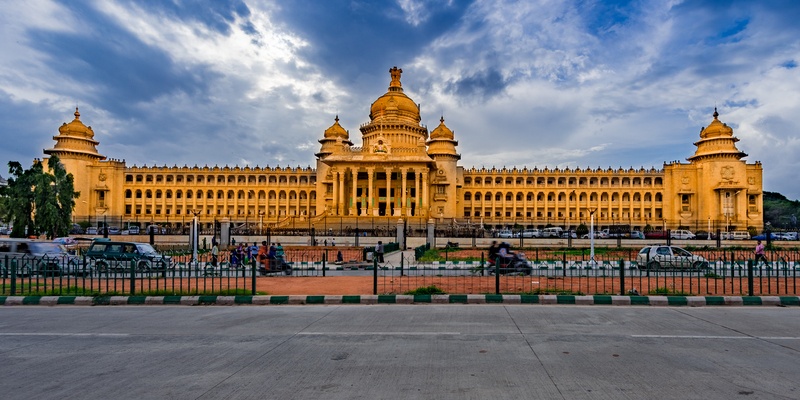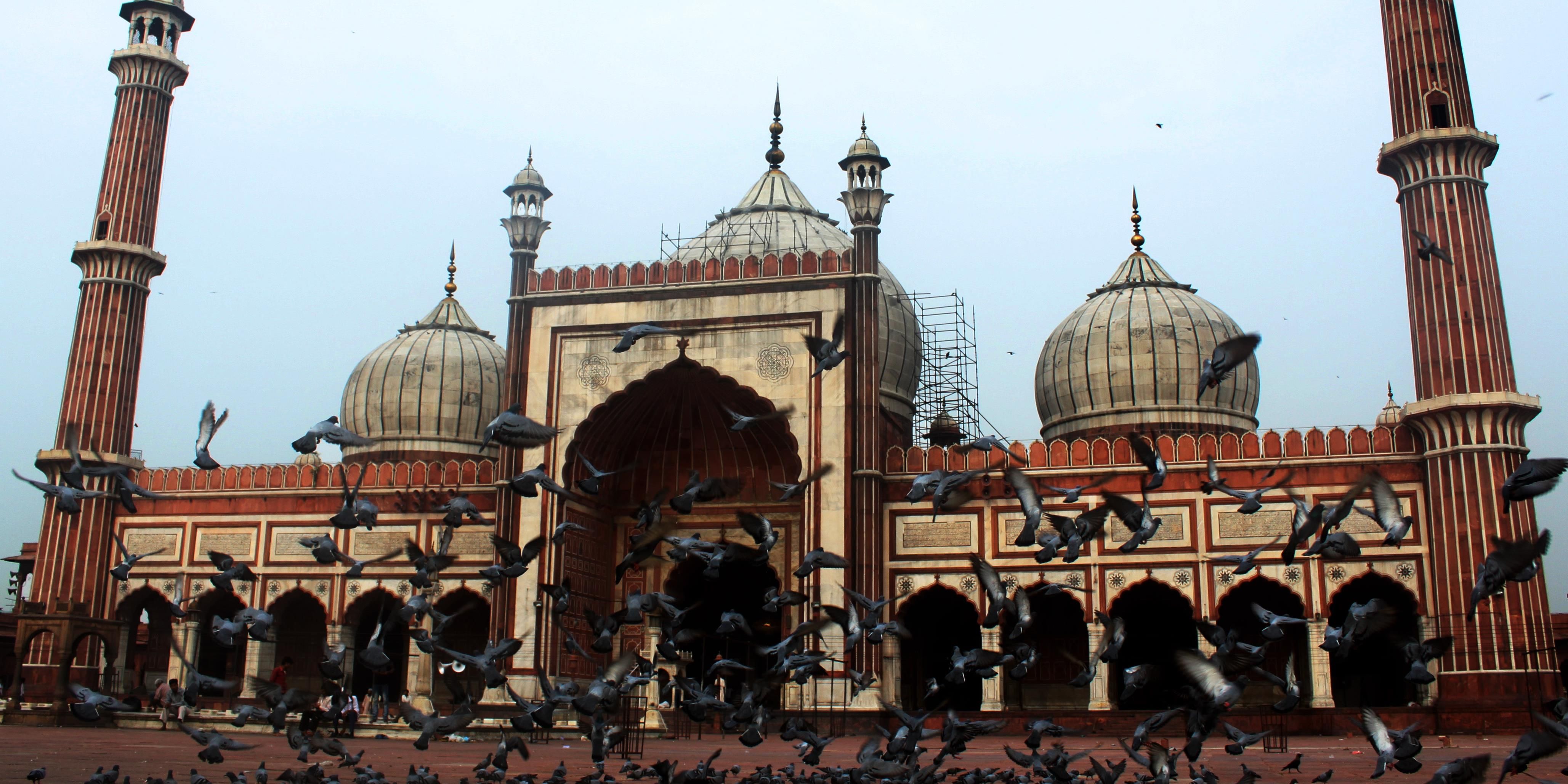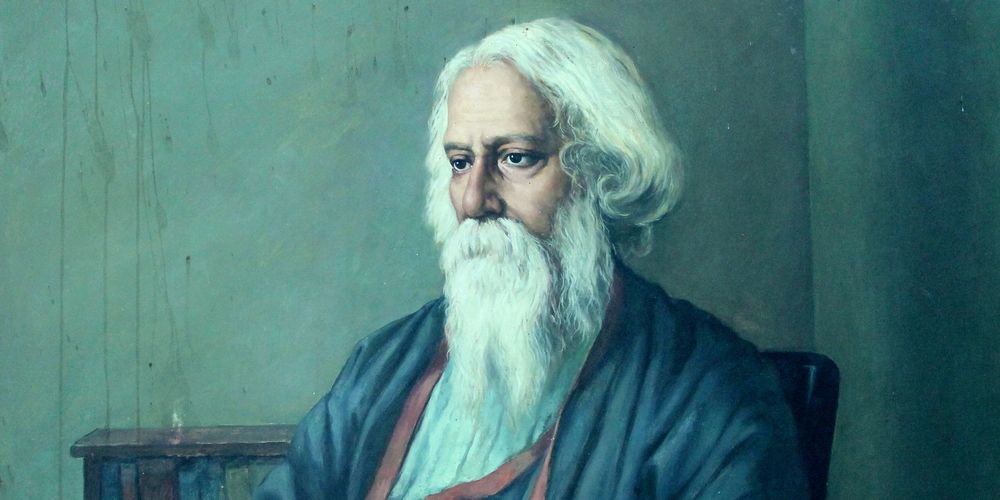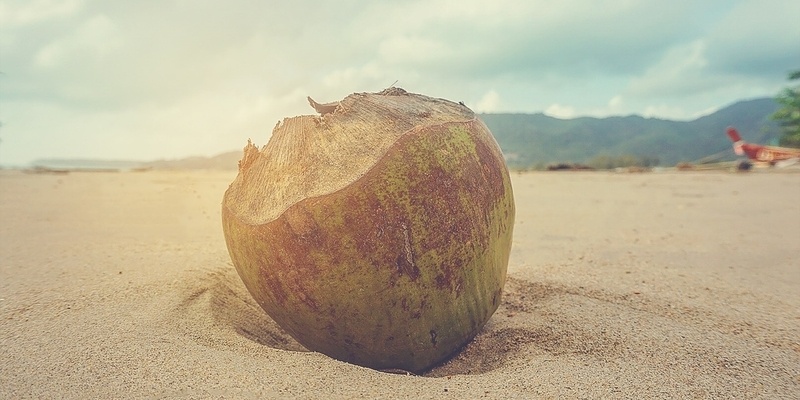A First for India at Dakar: Sanjay Takale Finishes First in the Dakar Classic H3 Category
When the dust settled on the Prologue Stage of the Dakar Rally 2026, history had already been written. Sanjay Takale, a seasoned Indian rally driver, delivered a performance that will be remembered as a watershed moment for Indian motorsport. By finishing first in the Dakar Classic H3 category, the highest average speed group, Takale became the first Indian ever to stand atop the Dakar podium in the Cars category on Day 1 of the world’s toughest rally. The achievement carries weight far beyond a single stage result. Dakar is not merely a race; it is an unforgiving test of endurance, navigation, and mental strength. To shine here is to announce one’s arrival on the global motorsport stage, and Takale did so with authority.Dominating the Prologue on the World’s Toughest StageThe Prologue Stage, though it does not count toward the overall standings, plays a crucial role in determining the starting order for the grueling stages ahead. Spread across a total distance of 96 kilometers, the route included a 22 km Special Stage and a 74 km Liaison section, demanding precision driving and sharp navigation from the very first kilometer. Driving Car No. 722, Takale expertly guided his Toyota HDJ 100 through the demanding terrain, finishing ahead of highly experienced international competitors. His first-place finish in Group H3, combined with an impressive 35th overall ranking in the Cars category, showcased not just speed but composure, a rare combination on a stage where nerves often overpower talent. In a rally where legends are made by surviving rather than dominating, Takale’s Prologue performance sent a clear message: he was here not just to participate, but to compete.The First Indian on the Dakar Cars PodiumIndian motorsport has had its share of brave pioneers, but standing on a Dakar podium in the Cars category has long remained an unfulfilled dream. That barrier was finally broken in 2026. Takale’s Prologue win marked the first time an Indian driver climbed the Dakar Cars podium on Day 1, a symbolic and historic breakthrough. As the Indian tricolor flew high on the Dakar stage, the moment resonated far beyond the Saudi Arabian desert. For motorsport enthusiasts back home, it was validation that Indian drivers can compete and win at the very highest level of international rallying.Opening the Road: A Reward and a ResponsibilityTakale’s Prologue victory earned him the honor and challenge of opening the road for Stage 1. The stage features a punishing 305 km Special Stage, known for its demanding navigation and treacherous dune sections. Opening the stage is both a privilege and a test. Without tracks to follow, the lead car must rely entirely on navigation skills, reading the terrain and the roadbook with precision. For Takale, this role underscored the confidence the Dakar platform now places in him, while also presenting one of the toughest mental challenges of the rally.Experience in the DesertAt 57 years of age, Sanjay Takale is a reminder that endurance racing rewards resilience as much as youth. The Dakar 2026 marks his second attempt at the legendary rally. In his debut appearance in 2025, Takale finished a commendable 18th overall and 10th in the Dakar Classic class, a result that laid the foundation for his 2026 success. That first experience taught him the brutal rhythms of Dakar: managing fatigue, preserving machinery, and maintaining focus across days that stretch into nights. The Prologue win in 2026 reflects how experience, when combined with preparation, can transform into performance.A Global Effort with Indian HeartTakale competes for Team Aerpace Racers and is the only Indian participant in the four-wheeler category at Dakar 2026. By his side is French navigator Maxime Raud, whose role is as vital as the driver’s, calling directions, managing pace, and ensuring strategic clarity in the chaos of the desert. The campaign is supported technically and logistically by Compagnie Saharienne of France, highlighting the international collaboration behind the effort. Yet, at its heart, the journey remains deeply Indian. It is a story of an Indian driver carrying national aspirations into one of motorsport’s most intimidating arenas.A New Chapter for Indian MotorsportThe Dakar Rally has long been considered the ultimate benchmark of endurance motorsport. Sanjay Takale’s Prologue victory at Dakar 2026 has firmly placed India on that map. It signals a shift from participation to contention and offers inspiration to a new generation of Indian drivers dreaming of global stages. As the rally unfolds across unforgiving terrain, the journey ahead remains brutal and uncertain. But regardless of what the remaining stages hold, Dakar 2026 has already delivered a historic moment. Sanjay Takale has not only raced through the desert; he has driven Indian motorsport into a new era.

 (1).jpeg)




.jpg)
.jpg)
.jpg)
.jpg)

















.jpeg)
.jpg)





